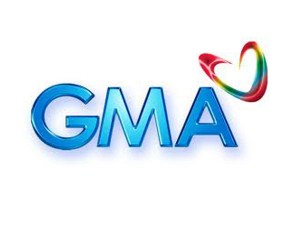GMA Network continues to reject Japanese digital TV standard

In a statement, GMA Network admitted that it was currently conducting field tests using Japan’s Integrated Services Digital Broadcasting platform for terrestrial television (ISDB-T).
But the company remained unconvinced, saying it would not abandon its position favoring the second-generation Digital Video Broadcasting platform for terrestrial TV (DVB-T2), which it considered to be the best technology available in the market today.
“GMA continues to maintain its position that the country should adopt DVB-T2 standard over the ISDB-T, given the clear technical superiority of the European standard,” the company said.
GMA Network also said that while it was currently conducting tests utilizing the Japanese standard, “this does not mean that it has conceded its position favoring DVB-T2 nor that it has adopted ISDB-T.”
GMA earlier described the ISDB-T standard as inferior to the European platform, which offered lower power consumption and better data transmission.
The company likewise cited the more widespread adoption of the DVB-T2 standard around the world, which would result in better economies of scale that would bring equipment prices down.
ABS-CBN Corp. of the Lopez group has been conducting tests on digital TV since 2011 using the ISDB-T standard.
Manuel V. Pangilinan’s TV5 likewise started ISDB-T field tests late last year.
The Kapisanan ng mga Brodkaster ng Pilipinas (KBP) has also endorsed the ISDB-T standard, describing it as a better fit for the Philippines since the technology was developed in Japan which, like the Philippines, is a disaster-prone archipelago.
The National Telecommunications Commission (NTC) last month also expressed its support for the ISDB-T standard.
The NTC cited the lower prices of set-top boxes—devices needed by older TV sets to convert digital signals to pictures and sounds—giving the ISDB-T an edge over the European platform.
Digital TV broadcasting allows for the transmission of larger amounts of data over airwaves, promising cable TV-quality services for free-to-air TV subscribers.